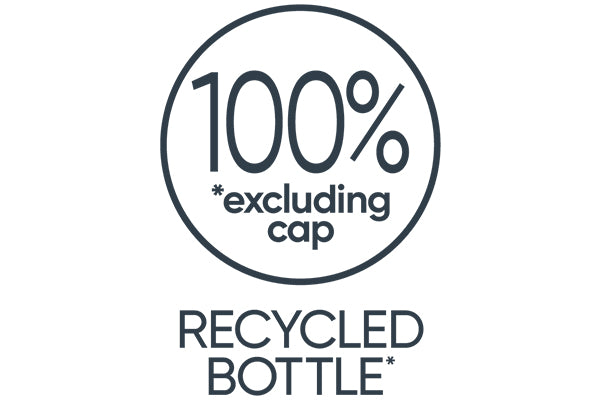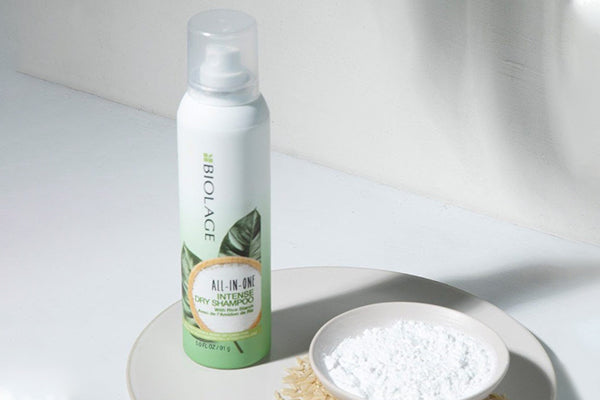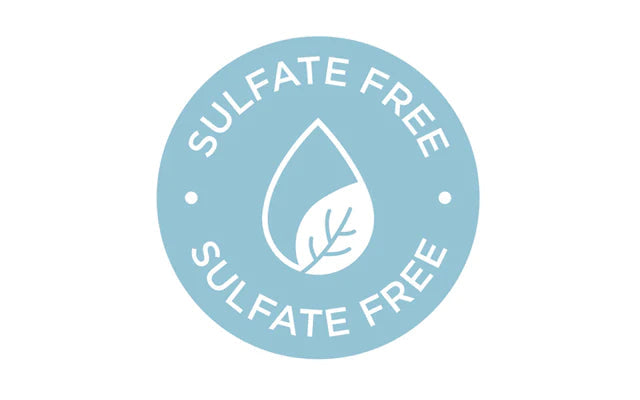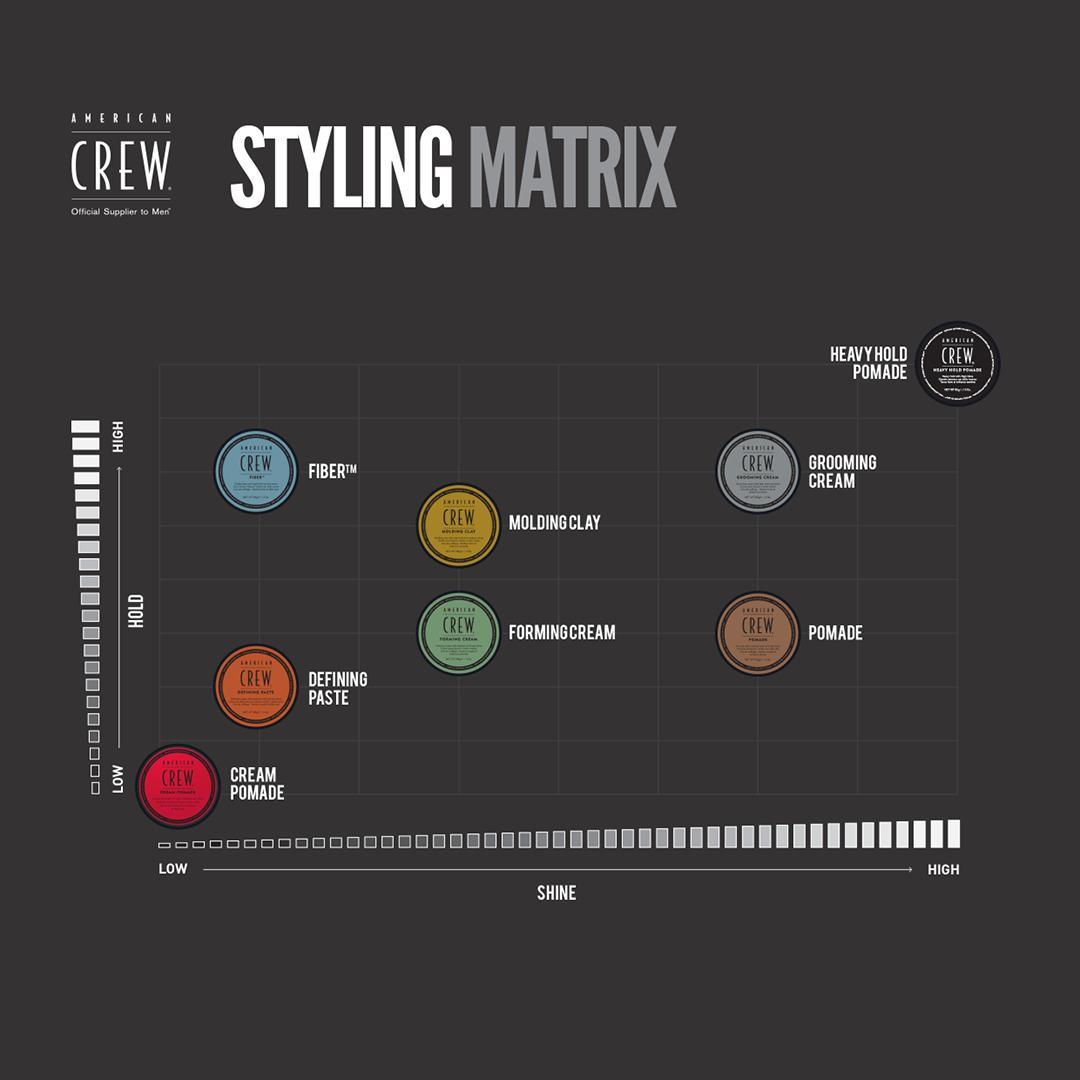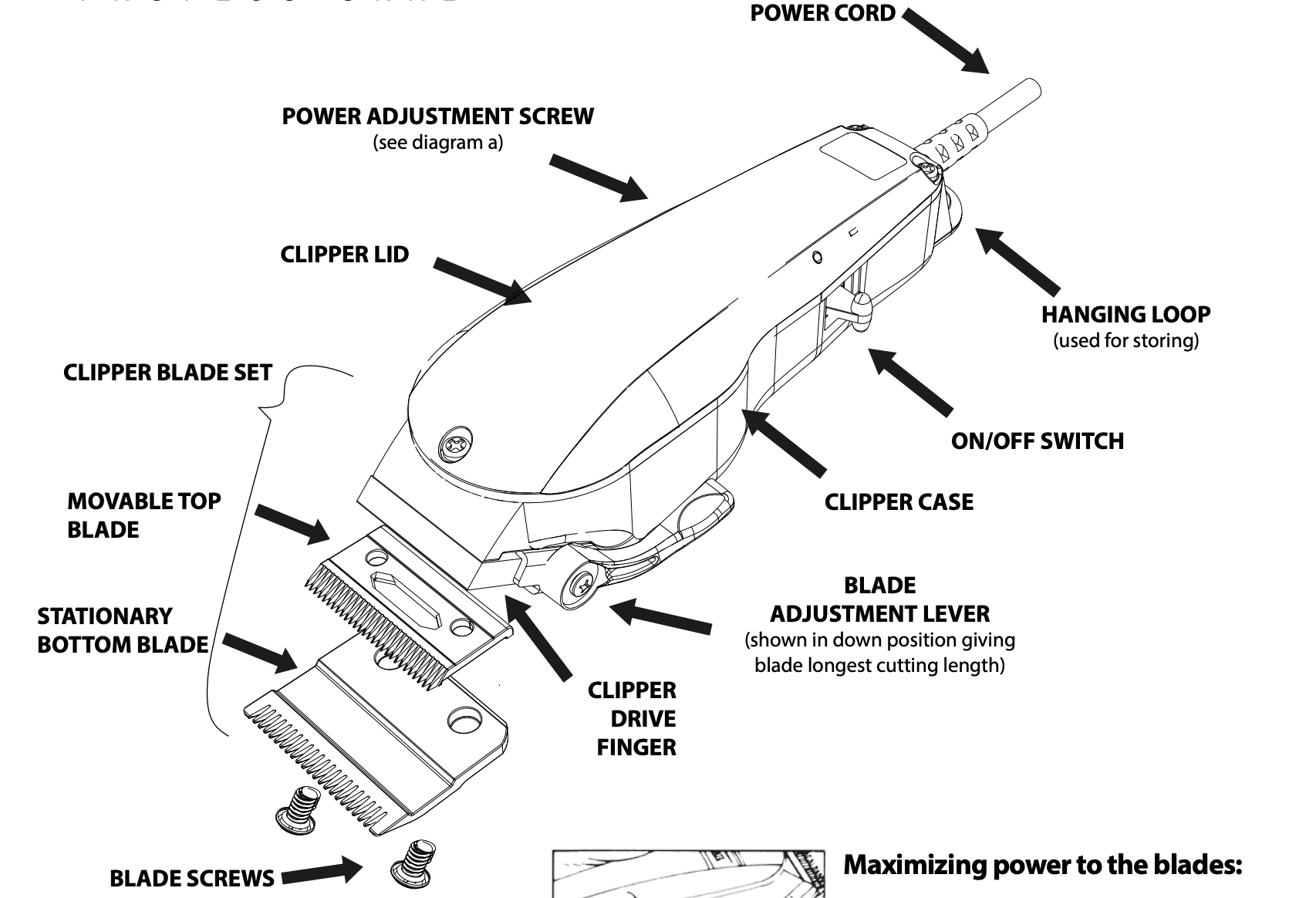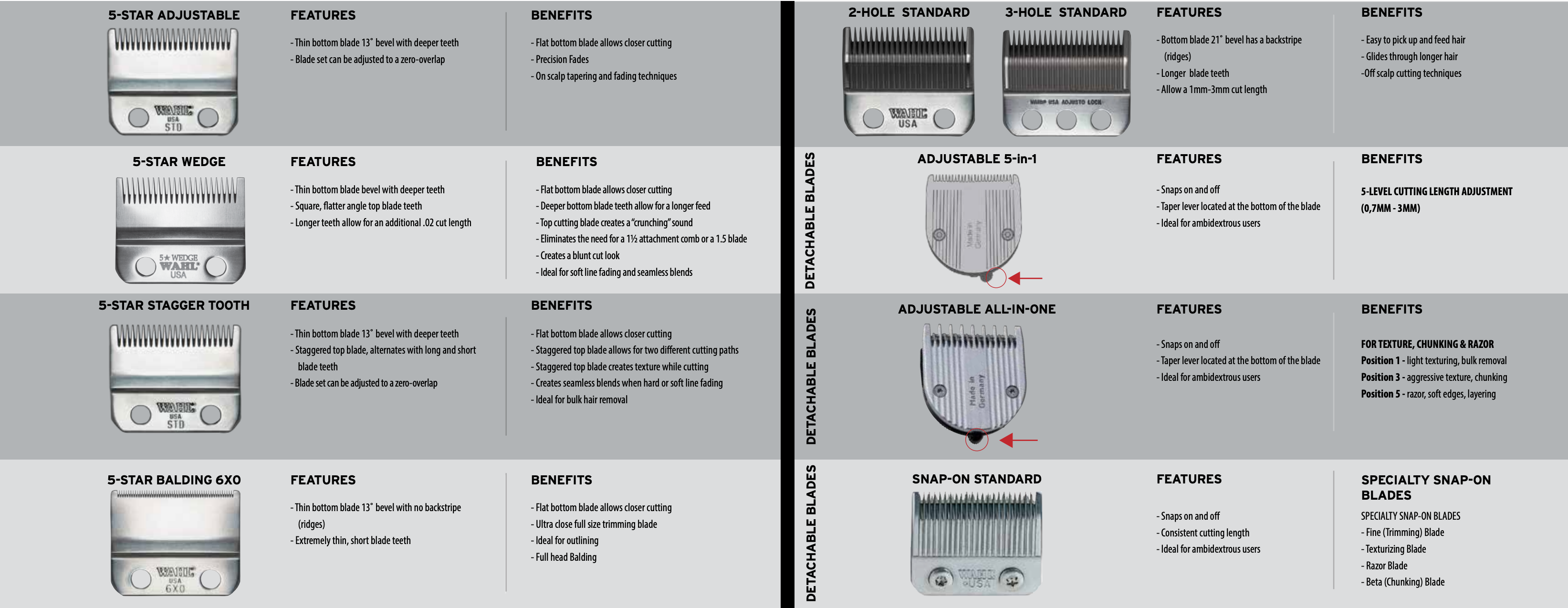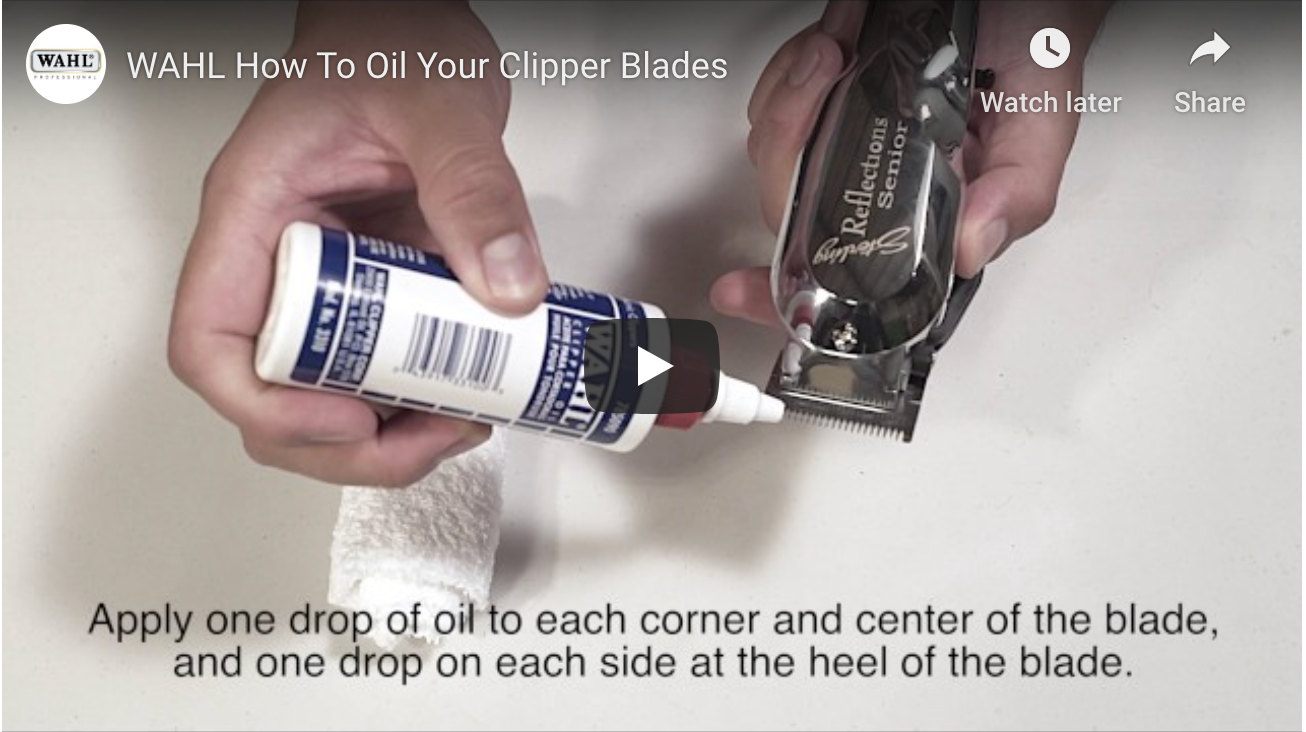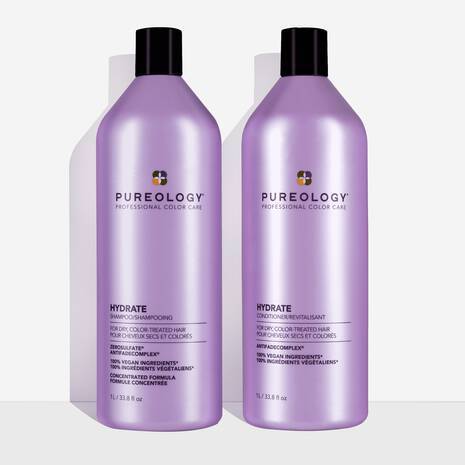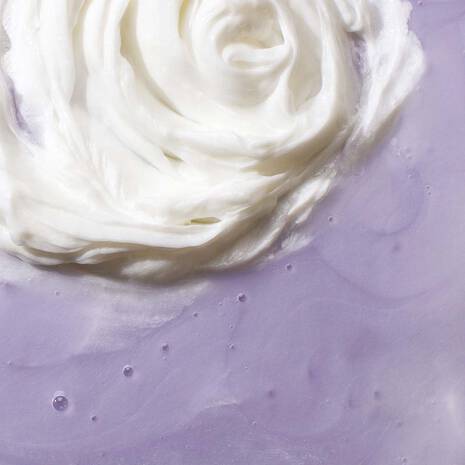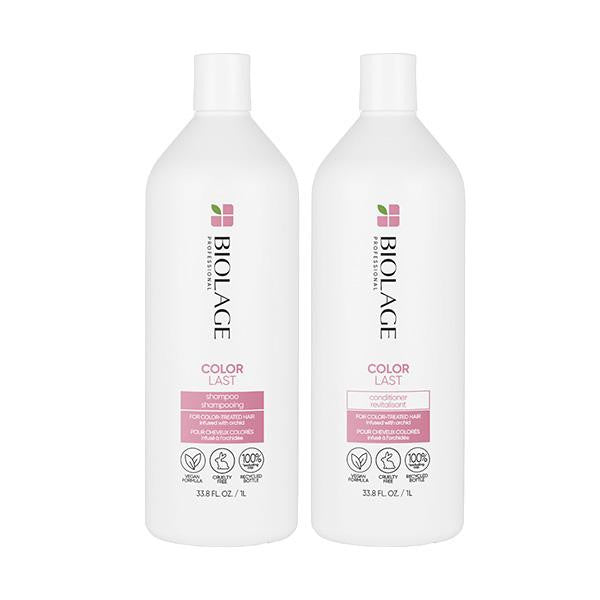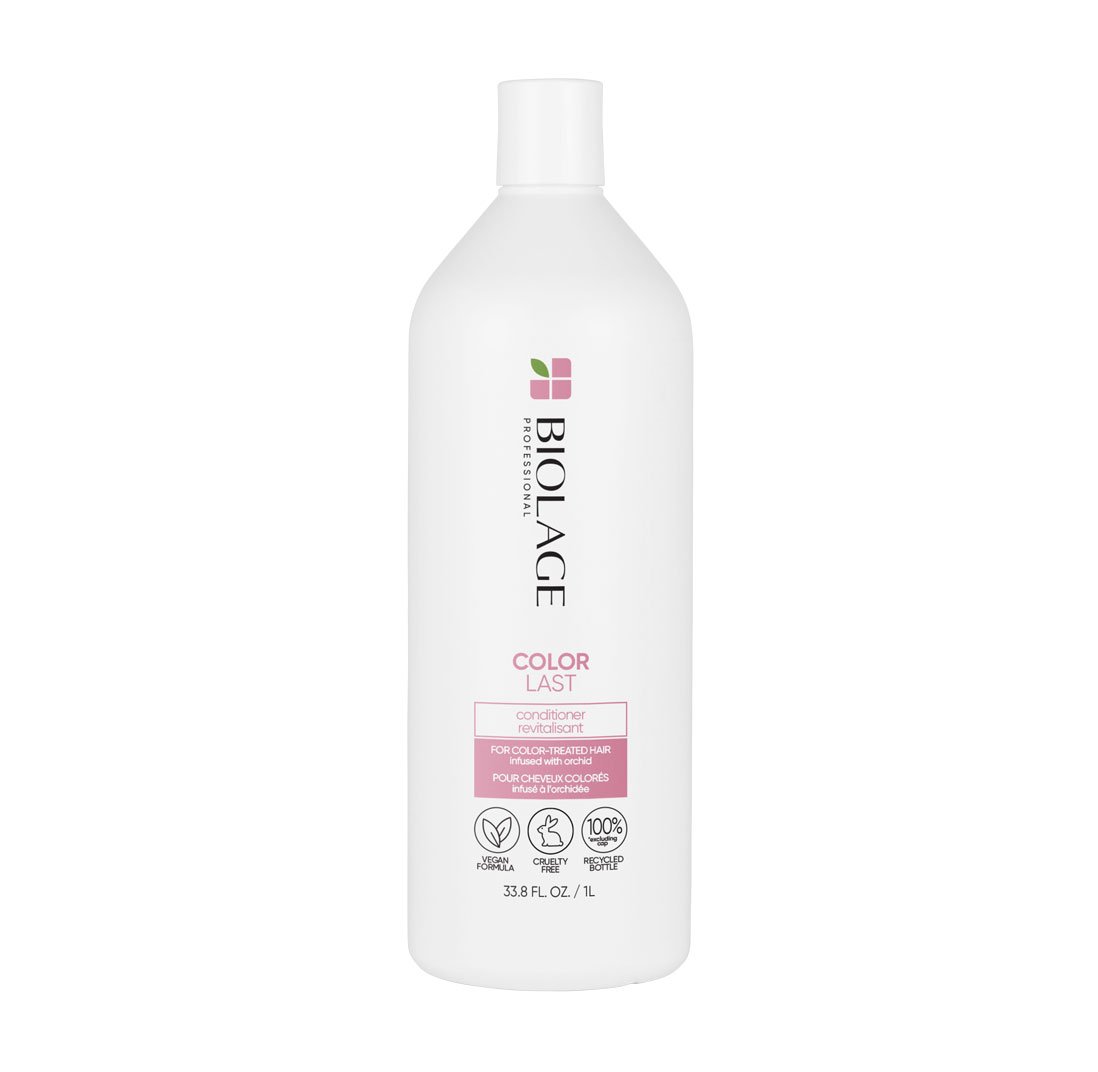Introduction
If you're looking to make your bathroom more environmentally-friendly, recycling your shampoo bottle is an excellent first step! You may think that because it's made from plastic, your shampoo bottle can't be recycled. However, this isn't true: many types of plastic are recyclable and can be used to create other products once they've been melted down. So what exactly does that mean for your shampoo? And how do you get started? In this article we'll cover everything you need to know about recycling shampoo bottles including what types of material they're made from (HDPE and LDPE plastics), why it matters if we don't recycle them properly, how recycling works using a simple example (the milk jug) and finally how easy it is to recycle your own shampoo bottle at home or at work!
Shampoo bottles are made from different materials depending on the brand, but most shampoo bottles are either made from high-density polyethylene (HDPE) plastic or low-density polyethylene (LDPE) plastic.
When it comes to recycling shampoo bottles, the material they are made from can make a big difference. Most shampoo bottles are either made from high-density polyethylene (HDPE) plastic or low-density polyethylene (LDPE) plastic. While both of these plastics are recyclable, they are not always accepted by all recycling programs.
HDPE is among the most common types of plastics used in packaging materials and is often used for shampoo bottles because it's sturdy enough to hold liquid but also flexible enough that it doesn't crack easily if dropped or handled roughly. Because it's so commonly used, HDPE is often simply called "plastic" when discussing recyclability.
On the other hand, LDPE is another type of plastic that you might find on your shampoo bottle label as well as many other household products such as grocery bags and storage containers. It's softer than HDPE and has lower density levels — meaning there’s more air mixed into its molecular makeup than with regular HDPE — making it less durable overall and less likely to withstand pressure without breaking open at some point along its life cycle (which could lead directly back toward landfills).
These materials are not just used in shampoo containers but also in milk jugs, juice bottles and detergent bottles.
These materials are not just used in shampoo containers but also in milk jugs, juice bottles and detergent bottles.
HDPE is the most commonly recycled plastic because it can be processed into new products with no quality loss. This material is typically used to create opaque or translucent plastic packaging such as shampoo bottles or milk jugs.
LDPE is another type of plastic that's used for both shampoo containers and milk jugs. It's a less common type of recycling because it doesn't retain its form as well when recycled into other products.
You can recycle your shampoo bottle by placing it in a recycling bin or bag where it will be transported to a recycling plant, sorted and melted down to make new bottles or other plastic products.
Recycling shampoo bottles is a simple process.
You can recycle your shampoo bottle by placing it in a recycling bin or bag where it will be transported to a recycling plant, sorted and melted down to make new bottles or other plastic products. This is how recycling works!
The recycled HDPE and LDPE plastics can be made into various types of new plastic products including back into more shampoo bottles.
Recycling is a good thing. It helps reduce landfill waste and conserves natural resources, like oil. Plastics are made from petroleum, so recycling one plastic bottle can conserve up to 7 bottles of oil! The recycled HDPE and LDPE plastics can be made into various types of new plastic products including back into more shampoo bottles.
Recycling is not only good for the environment but it’s also good for your wallet because you can save money by reusing materials instead of buying them new again every time you need them. By recycling your shampoo bottles you will help keep valuable resources available while also reducing landfill waste.
Whenever you toss something recyclable into the trash, you are giving up a valuable resource and contributing to landfill waste.
Whenever you toss something recyclable into the trash, you are giving up a valuable resource and contributing to landfill waste.
If every household in America recycled just five cans of soup per month, we would save enough aluminum to rebuild the entire U.S. commercial air fleet with planes designed to use half as much fuel. What’s more, recycling 1 ton of paper saves 17 trees! Recycling also reduces pollution by reducing greenhouse gas emissions (GHG) because fewer raw materials need to be extracted from mines or quarries for processing into new products. And since approximately half of all municipal solid waste ends up in landfills – where it sits for hundreds of years before decomposing – recycling helps prevent this pollution from entering our environment and affecting human health and ecosystems around the world
Recycle your shampoo bottle by placing it in your city's recycling program!
Recycle your shampoo bottle by placing it in your city's recycling program!
If you live in a major city, chances are that the Department of Sanitation has a recycling program that accepts shampoo bottles. In most cases, these programs have drop-off locations throughout each borough or district. You can find out if your city has a recycling program by contacting the department's office or visiting their website to see if they have an updated list of drop off locations specific to your area. The best way to do this is log onto their website and type "recycle" into the search bar at the top of the page; this should bring up all available information regarding what you are looking for (i.e., how can I recycle my shampoo bottle?). If there aren't any free drop off locations nearby where you live, consider contacting your local recycling center directly about whether or not they accept shampoo bottles as part of their regular collection schedule.
Conclusion
Recycling shampoo bottles is an easy way to help the environment. Whether you have a bottle of green tea-scented shampoo or cherry-flavored conditioner, there are local recycling programs that can take these recyclable products and turn them into new ones. All you need to do is drop off your shampoo bottle at your city's recycling center or curbside pick up service!

